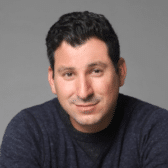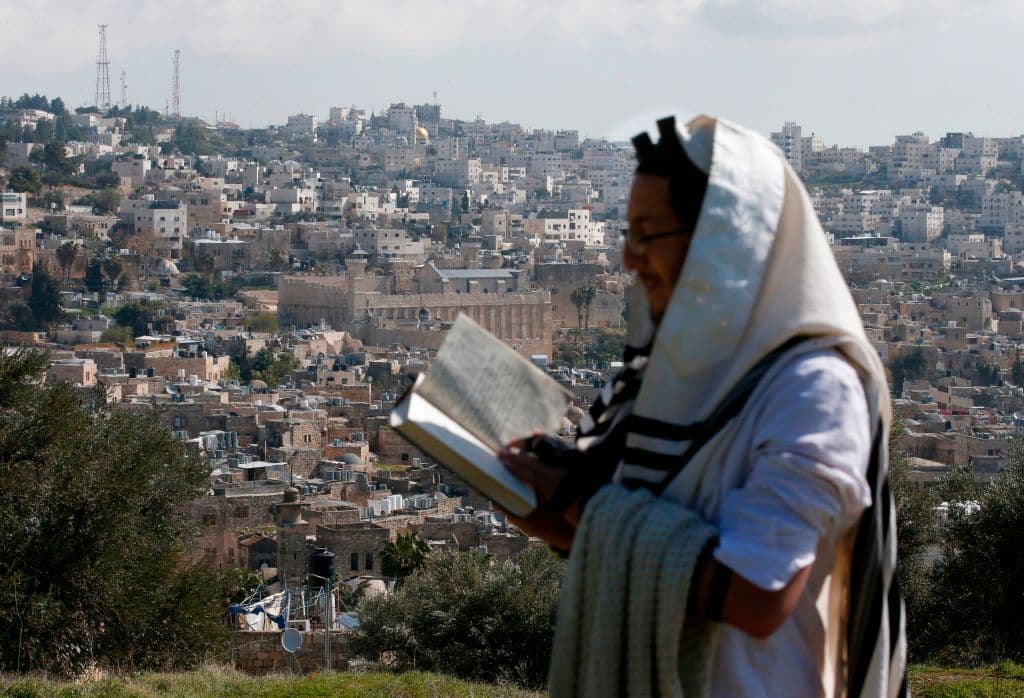
Hebron, or Chevron. I’ve been there a number of times. So much history in this ancient city. So much meaning to Jews and Muslims and Christians alike. It’s majestic. Feels like you’re going back in time to the Bible.
But Chevron is also the site of a terrible and bloody massacre that happened before the state of Israel was even founded. 67 Jews were ruthlessly murdered on that dark day.
More significantly than just the death count, understanding what happened in Chevron—and what preceded that horrendous bloodbath—is sort of crucial for understanding the whole Arab-Israel conflict that we’ve been locked in for all of these years.
1929
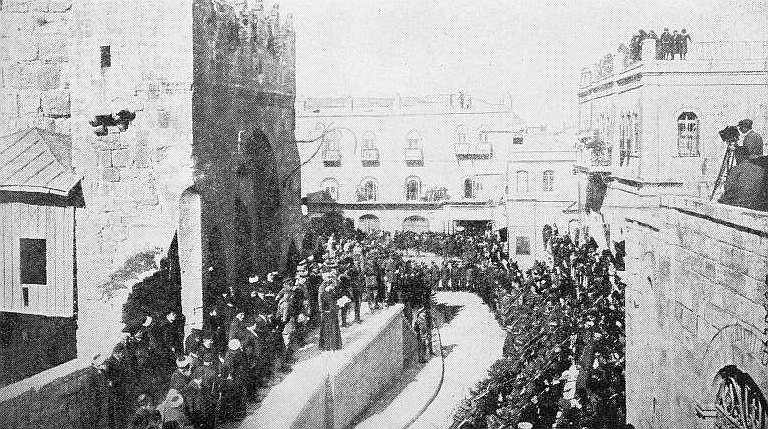
Before we can get to the massacre that unfolded on the streets of Chevron, we have to turn our attention 30 miles north…to the Old City of Jerusalem.
The year: 1929. The youth are scandalizing their elders by bobbing their hair and rouging their knees. The stock market hurtles towards disaster. And in the Middle East, a storm is a’brewing – one that is still raging today.
The British control the country we now know as Israel, then known as the region of Palestine. And unfortunately, the Brits are doing a pretty bad job of managing the growing fault lines between the region’s Arabs and its Jews.
There have always been Jews in the land of Israel.
But as more and more Jews began making aliyah, or moving back to their ancestral homeland, the Arab population was not so happy.
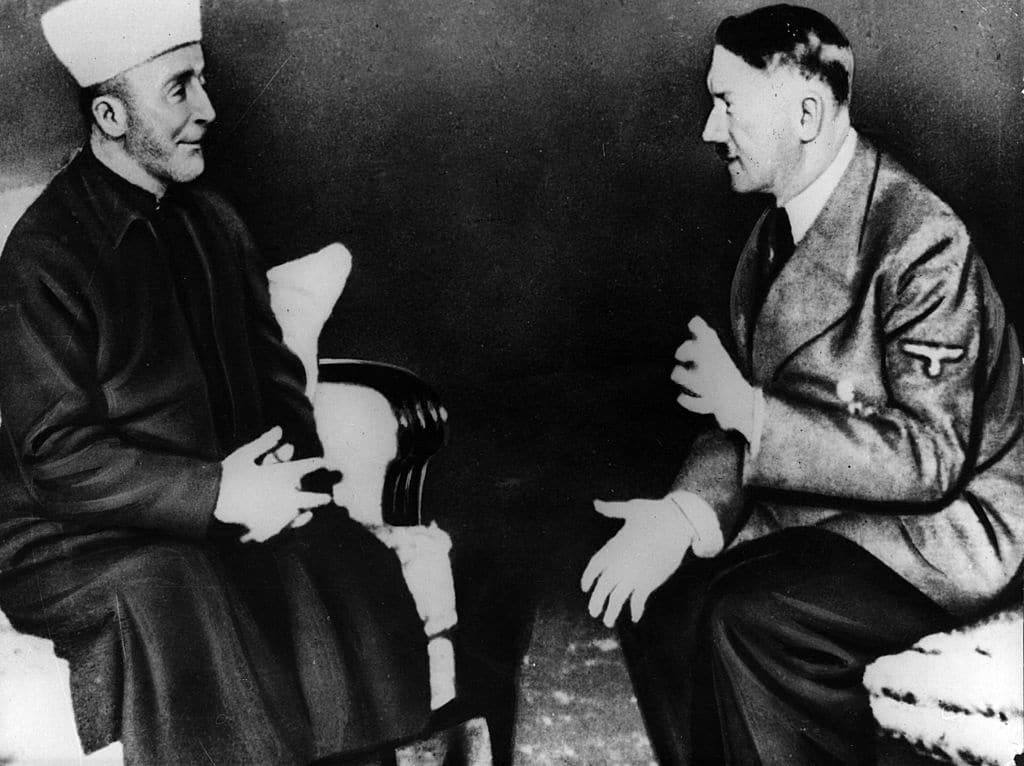
One prominent Muslim leader, Grand Mufti Hajj Amin Al Husseini, seized every opportunity to fan the flames of the Arabs’ growing discontent. It’s probably worth noting that Husseini was a virulent anti-Semite who would later cozy up to Axis powers during WWII. Oh, cool, here’s a pic of him hanging out with Hitler!
Unfortunately for the Jews, the Mufti was in charge of the holiest site in Judaism… which is also a really holy site in Islam. It’s called the Temple Mount, where the two Jewish Holy Temples stood before they were destroyed. But when it came to administering the site, the Grand Mufti didn’t like any perceived challenges to his authority.
Challenging the Mufti
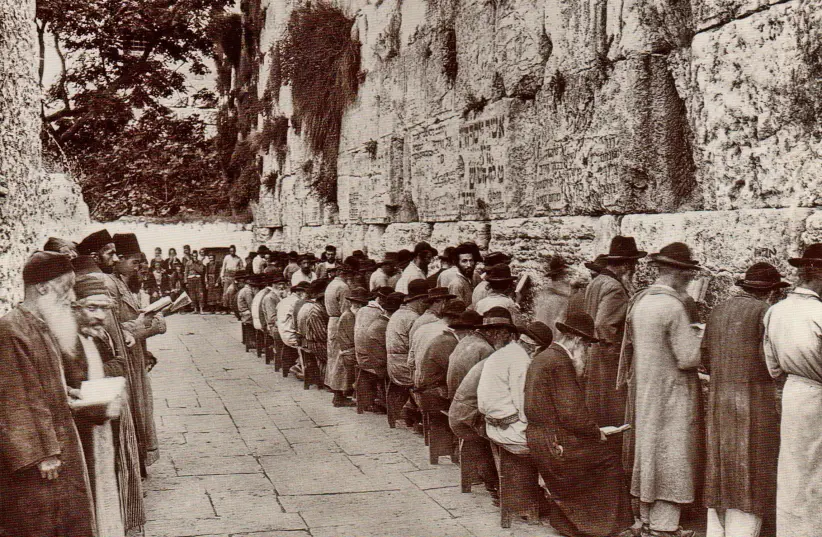
When the Jews put up a temporary mechitzah at the Western Wall – that’s a barrier separating men and women during Orthodox prayer – during Yom Kippur of 1928, the Mufti was peeved.
The Jews were beginning to act like they owned the place! Unacceptable. He tried calling for additional restrictions on Jewish worshippers. But the British, who were still administering Palestine, reminded the Mufti that Jews were allowed to pray at their holy spaces.
So he got creative.
Whenever Jews prayed at the Kotel, the Mufti arranged for construction projects and unnecessarily loud religious ceremonies.
But things took a nasty – well, nastier – turn when rumors started circulating that the Jews had their eye on controlling the Temple Mount. The Arab community even distributed falsified pictures of damage to the Dome of the Rock, claiming that Jews were responsible.
Sadly, fake news is not a recent phenomenon.
And the Jews, for their part, were fed up by Arab interference with their religious freedom. So on Tisha B’av, which marks the destruction of the Temples, a few hundred Jews staged a procession at the Kotel, shouting “The Wall is ours!” and singing HaTikva, which would become the Israeli national anthem.
Jerusalem riots

Palestinian intellectual Sari Nusseibeh writes that this was the moment that “the three thousand year long Jewish spiritual attachment to the Western Wall… turned into a nationalistic slogan, which in turn produced a nasty backlash among the Muslims.”
In other words, saying “The Wall is ours!” was tantamount to saying “Jerusalem is ours.” Or even “Palestine is ours.”
So the Mufti ratcheted up his propaganda.
His goons, yes they were goons, flooded neighboring villages with leaflets that instructed “Rise up against the enemy who violated the honor of Islam and raped the women and murdered widows and babies.” To be clear: no one was raped, murdered, or even injured during the procession at the wall…Unless you count some off-key singing of HaTikva to be an assault against the ears, which I get can be pretty painful at times. But that is the power of propaganda.
Within a day, a Muslim mob had stormed the Kotel, ripping up prayer books. That same day, a Jewish boy was stabbed to death. Palestine’s long-simmering tensions had finally erupted.
Hebron, 1929

It was in Chevron where the savagery went to another level.
Chevron is a super holy site in Judaism. The city is mentioned like 87 times in the Hebrew Bible. It is the burial place of the great patriarchs and matriarchs. It’s where my third grade son spent like 4 months studying in 3rd grade. AND – Chevron is really sacred to Muslims and Christians too.
In 1929, Chevron’s 800-year-old Jewish community was tiny. Only 800 of the city’s 20,000 residents were Jews.
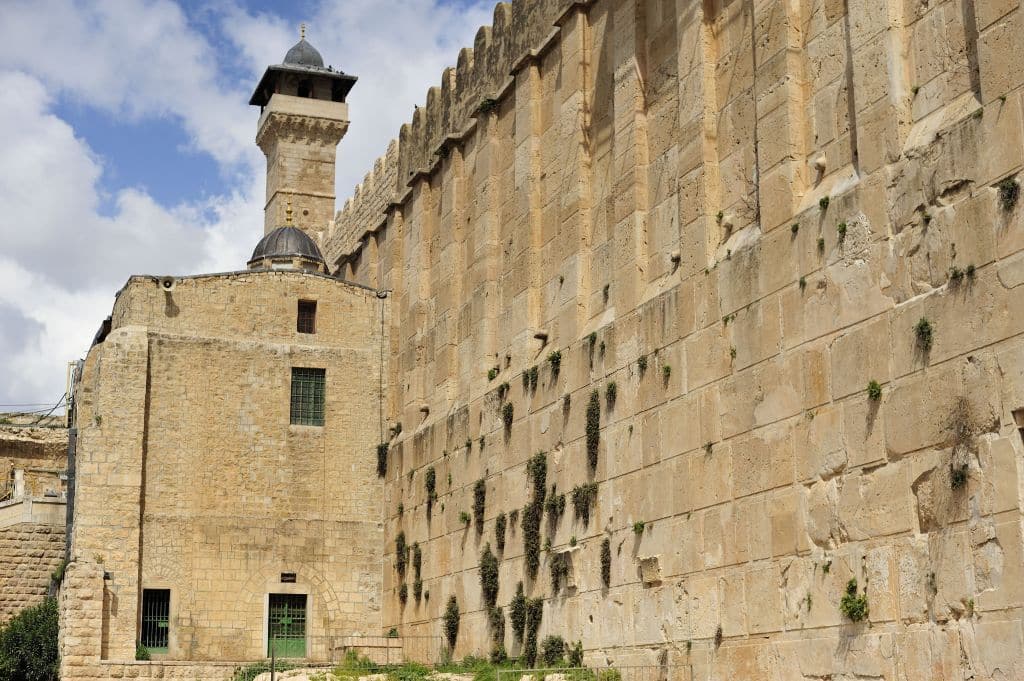
Jewish-Arab relations could be tense at times. But overall, the city was a model of tolerance, if not coexistence. So much so that its Jews refused the protection of the Haganah – the pre-state Jewish defense organization that would one day become the Israeli Army.
The Hebron Riot
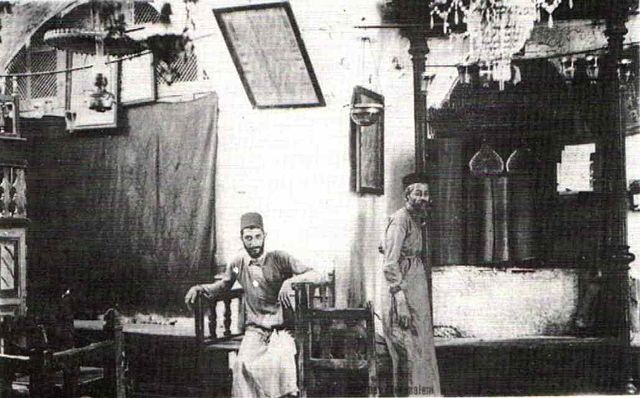
The riot, which turned into a massacre, started with rock-throwing. But within hours, the Arab mob claimed its first casualty: 24-year-old yeshiva student Shmuel Halevi Rosenholz, stabbed to death outside the famed Hebron yeshiva. As anxieties mounted, Eliezer Dan Slonim offered his home as a refuge to any Jews concerned about violence. He was a well-respected figure among Jews and Arabs alike, and assumed his status would keep him safe.
Forty yeshiva students took him up on the offer – with tragic results.
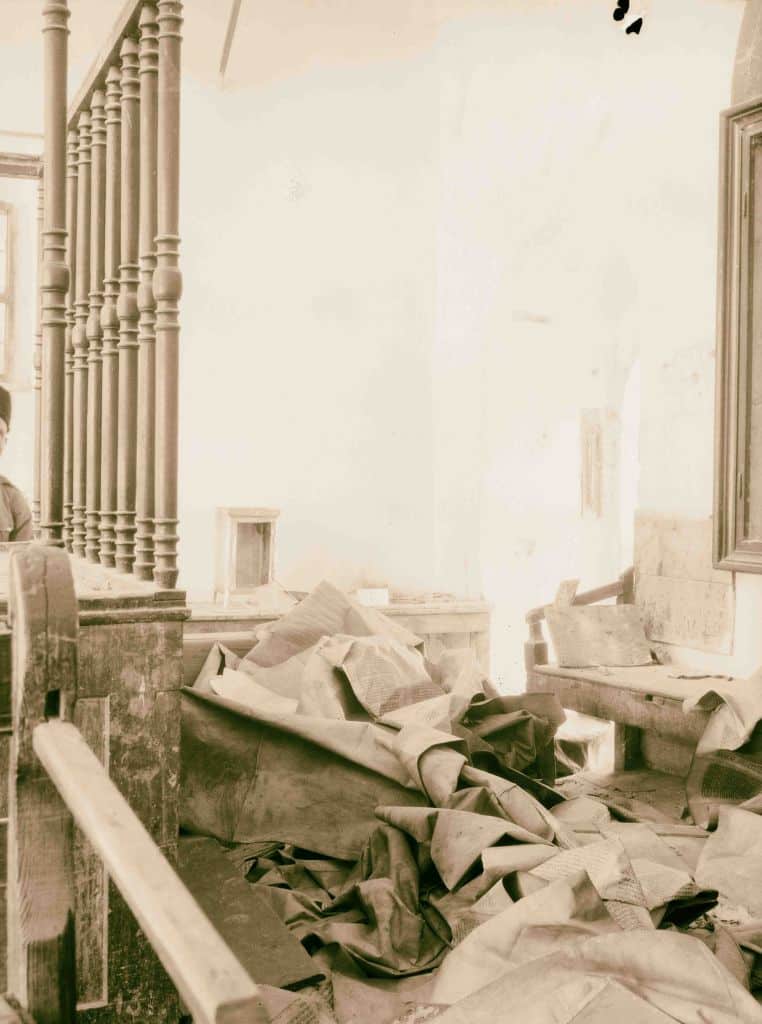
Details of the massacre are gruesome, so I won’t get too detailed. But you should know this:
in roughly two hours that Saturday morning, aka Shabbat, the mob murdered 67 Jews, many in barbaric ways. Eyewitnesses reported widespread rape, torture, mutilation, and other unspeakable cruelties.

One unnamed American yeshiva student later told the New York Times that “doors were smashed and infants, children, women and men without distinction butchered in a manner incredible even in the blackest day of the Spanish Inquisition.”
Eliezer Dan Slonim’s house turned from sanctuary to slaughterhouse in a matter of minutes. See, in deference to Slonim’s position in the community, the mob offered him a deal: Turn over the Ashkenazi yeshiva students, and the city’s Sephardic residents would be spared. Slonim did not view this as much of a moral dilemma and courageously refused this inhumane bargain. The mob had assumed that Slonim might make the distinction between Zionists from Europe and other Jews. But for Slonim, no such distinction existed. So he was murdered on the spot, along with his wife and child. All in all, 22 people were murdered in his house.
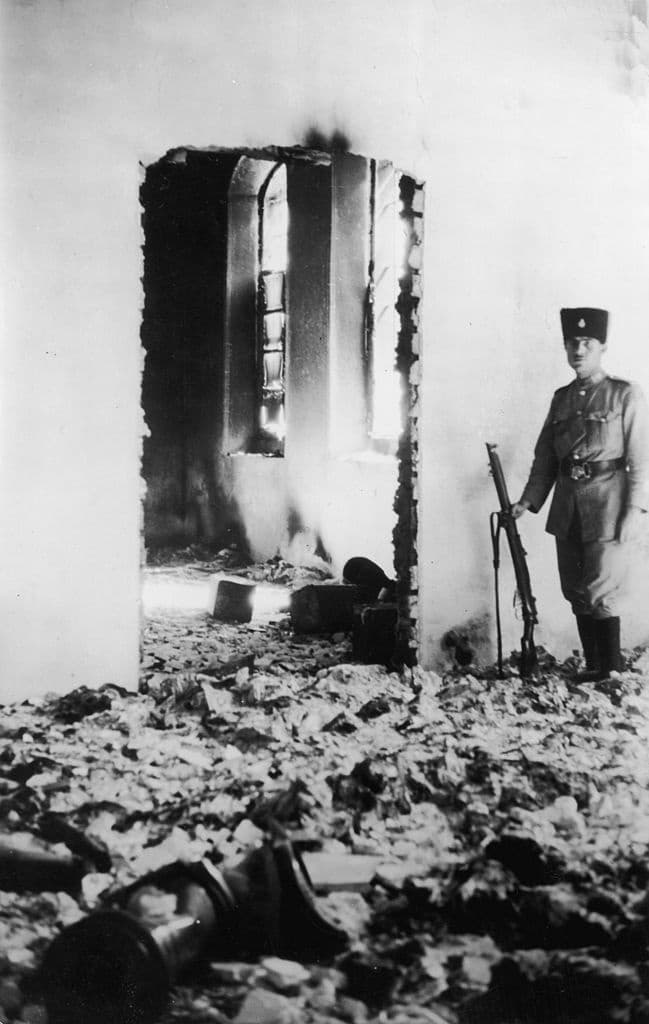
The worst of humanity was on display that day.
And so was the best. It’s important to remember this too.
Horrified by the mob’s savagery, some Arab neighbors opened their homes to Jews – locals, immigrants, and visitors alike. Eliezer Dan Slonim’s sister, Rivka, was rescued by a heroic neighbor named Abu Shaker.
He refused to give up the Jewish families hiding in his home… even when the mob stabbed him with a sword. Roughly 300 of Hebron’s Jews survived through the efforts of 28 Arab neighbors, who protected the Jews at great personal risk.
The violence in Hebron petered out at 10:30 that morning.
The aftermath
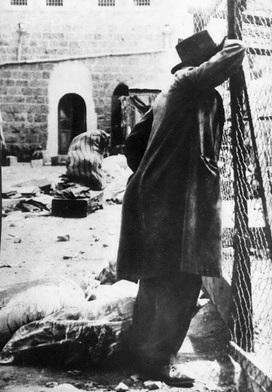
By the end of a week of terror, 133 Jews in the region had been murdered and 339 wounded. 116 Arabs were killed, mostly but not all at the hands of the British. A few Jews took matters into their own hands, inflicting revenge killings on innocent Arab families, flouting the Haganah’s official policy of restraint.
Jewish-Arab coexistence was among that day’s casualties. The violence in Hebron demonstrated to the Jews that they couldn’t trust their neighbors. Yes, some Arabs saved Jews. But many more turned most cruelly against their Jewish friends.
What can we learn?
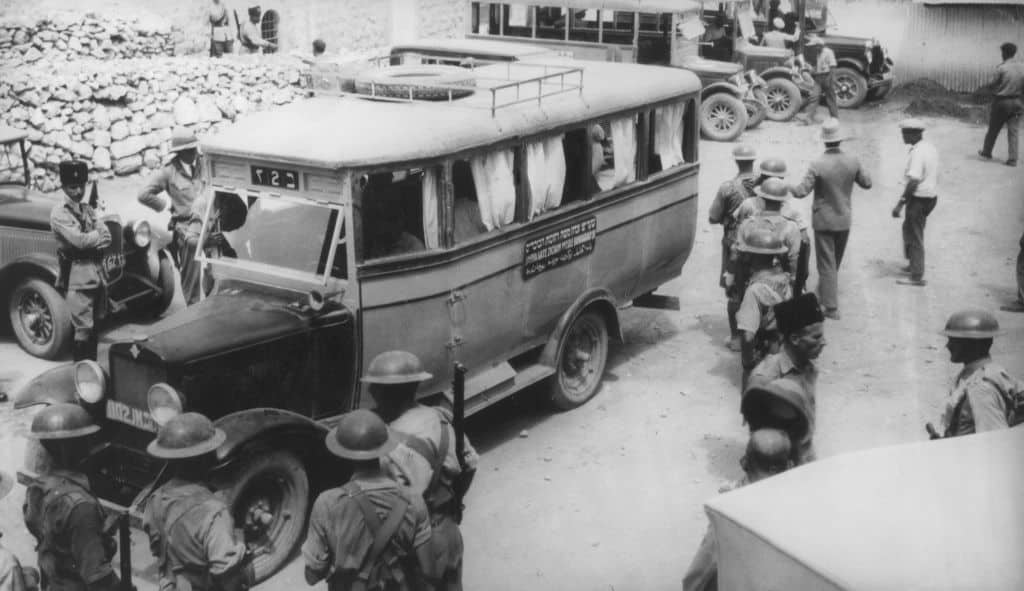
Why is this massacre critical for understanding the conflict? Because it echoes well into the future.
As more and more Jews entered Palestine, the Arabs worried that these new immigrants would take control of the land and holy sites. Nearly 100 years later, not much seems to have changed. In the year 2000, Prime Minister Ariel Sharon paid a visit to the Temple Mount. Many point to this visit as the impetus for the second intifada. And tensions over the Temple Mount cause flare-ups until this day.
The similarities between 1929 and 2022 don’t stop there.
Propaganda, then and now, plays an outsize role in the Arab-Israeli and Palestinian-Israeli conflicts. If you’ve ever been on social media, you’ve probably seen your fair share of anti-Israel infographics and tweets and highly edited videos. The propaganda that made its way around the internet during a flare-up in May of 2021 was no different than the Mufti’s propaganda of 1929. Both made false claims that the Jews were trying to take over the Temple Mount and destroy Al-Aqsa Mosque. Both preyed on people who didn’t know any better. And both directly resulted in violence.
The Hebron massacre brutally claimed 67 Jewish lives.
But its importance doesn’t lie in its death toll or its savagery. This massacre was a turning point in the conflict because it broke whatever fragile tolerance or trust had once existed between Arabs and Jews. After the vicious slaughter of unarmed Jewish men, women, and children, even the most dovish Jew understood that the only chance at Jewish security lay in armed defense. Palestine’s Jews poured their efforts into strengthening the Haganah – the Jewish self-defense organization that would later become the Israeli Army. The Jewish people would no longer be defenseless in their own home.
I don’t have an easy solution for the Arab-Israeli conflict or for the gaping chasm between Israelis and Palestinians. I’m not a politician. I’m not a diplomat. I’m an educator trying to make sense of it all. For me, the Hebron Massacre suggests that if the two groups are ever going to live in peace, their only hope lies in rebuilding the shattered trust between them. I don’t want it to take another 100 years. But I want to believe that one day, neighbors will be able to fully trust each other once more.
